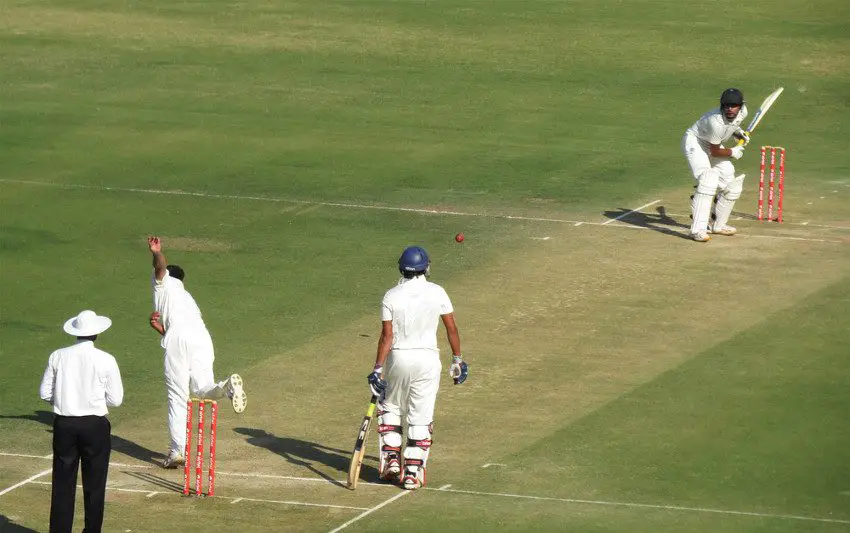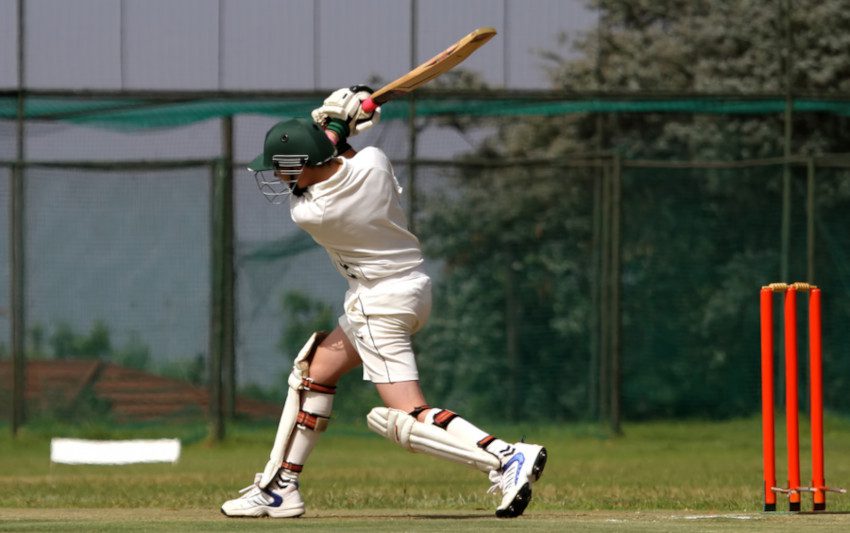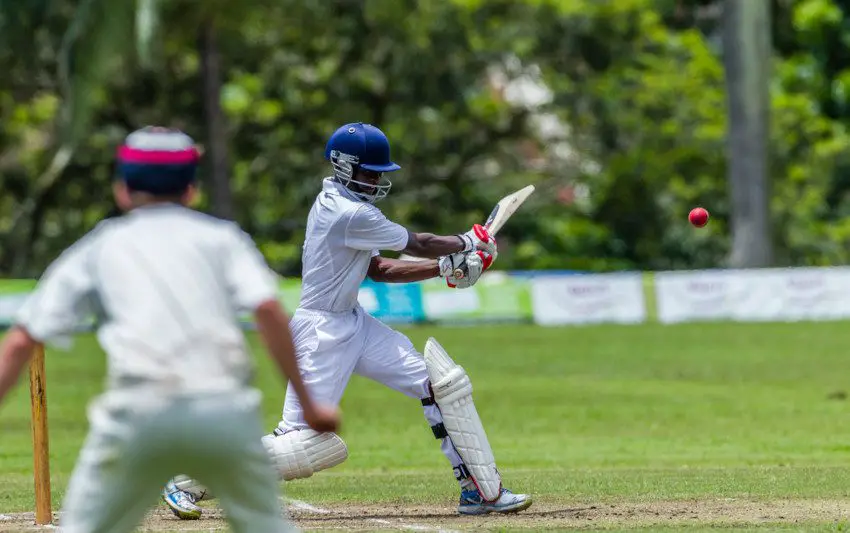Table of Contents
It’s an important part of the batter’s armoury but what is the backlift and what is the best way to execute it?
What is Backlift in Cricket?
The backlift relates to the lifting of the bat as a bowler prepares to deliver the ball. It’s an important part of the batter’s technique as they look to address that delivery and decide on how to play it.
There are different types of backlift techniques which can be used depending on the player’s style and preferences.

Different Back-lift Techniques
SBBT – Straight Batting Back-lift Technique
The straight batting back lift technique will see the batter lift the bat as straight as possible. The lift will take the bat back to the stumps and, in general, it will be no wider than first slip.
Depending on how high the bat is lifted, the face will either be pointing towards the wicket keeper or the ground.
According to studies that have been carried out, most coaches recommend the SBBT. This will certainly be the case for young players who are just starting to learn the game. The straight technique will tend to give the batter more control.

LBBT – Lateral Batting Back-lift Technique
The lateral batting back lift technique will see the bat lifted in a much wider arc. The bat is lifted more towards second slip. At the full extension of the lift, the toe of the bat and the face of the bat will be pointing towards the offside – somewhere between the slips and the point fielder.
This is a more expansive technique that can be used by batters who like to hit the ball into certain areas. If you look back at old footage, you will see players such as Ricky Ponting and Kumar Sangakkara employing the LBBT.
It’s not a technique that is recommended for younger players, but it can certainly be used at a later date if a batter becomes more comfortable with this option.
Back-lift or BackSwing? Are there any Differences?
There are subtle differences between the backlift and the backswing in cricket. The backlift can best be described as the initial motion carried out by the batter as the bowler gets into their delivery stride.
The backswing is the second stage in the process of hitting the ball. As that ball is delivered, the batter will decide where it’s likely to pitch and what type of shot they need to play. If they wish to play an attacking shot – such as pull shot – , they will lift the bat higher in preparation for their next move. This action is known as the backswing.
After the backswing reaches its highest point, the batter will bring the bat down to connect with the ball.
If the batter is looking to play a defensive shot, the backswing will be much lower.
In short, the backlift is an initial motion used for preparation. The backswing follows on and it’s designed to put momentum into the ball.
Is it possible to play with a backswing and no backlift? It’s certainly not recommended for young batters to attempt to approach the game in this way.
Potentially, in the late stages of a limited overs match, it could be possible to take a big backswing with the aim of playing a premeditated power shot. However, even when you see batters take this approach in T20 matches, there will always be some element of a backlift involved.
Importance of Back-lift
The backlift is important because it helps the batter to get momentum through the ball. It is impossible to strike a ball with any degree of force if that bat is stationery.
If we think about a golfer, they will always swing their club back before striking it. A ‘push’ with the club without a swing would not propel the ball more than a few centimetres.
As we have just seen, there is more to batting than the backlift itself and the backswing is also important. However, the process begins with the backlift.
High Backlifts vs Low Backlifts
If you watch professional batters in a match situation, some will have high backlifts while others will be very low. Some are almost standing like a baseball player as the bowler gets into their delivery stride.
Those types of high backlifts tend to be associated with more attacking players. In the 1980s and 1990s, Graham Gooch used this to good effect while modern batters with high backlifts included MS Dhoni and Lance Klusener.
A shorter backlift is generally used by players who rely more on timing than power. The bat doesn’t have so far to travel so there won’t be as much power imparted, but it does leave room for timing and it’s perfectly possible to score heavily using this technique.
In summary, a higher backlift tends to be associated with power hitting while the lower backlift is more for timing and defensive play.
Grip, Stance, Back-Lift Explained
The backlift is all part of a batter’s set up and approach to hitting the ball. The full process starts with the grip.
As with most aspects of batting, there are different types of grips and it’s all about finding the one that you are most comfortable with. The most common of these is known as the V grip and it gets its name from the fact that both the thumb and first finger of each hand form to make a V shape.
This grip is best used for straight batted and vertical shots.
There is an alternative and this is known as the O grip. This doesn’t form a V shape and, when you first pick up a bat, it may seem more natural. The O grip can be good for cross batted shots and the bottom hand is more dominant. However, it’s not ideal moving forward and it’s certainly a good idea to perfect the V grip.
The next point to consider is the stance. This is the position that the batter takes as the bowler prepares to start their run up. I’ve gone into the question of stance in greater detail previously, but the key here is all about balance.
The weight of the batter should be evenly distributed between the right leg and the left leg. If you are right handed, the left leg will be closest to the bowler while the situation is reversed for a left hander.
By having that weight evenly distributed, it gives the batter the best chance of playing back foot or front foot shots depending on where the ball has pitched. If there is too much weight on the back foot, it would be difficult to come forward and play a forward defensive.
Evenly distributed weight can also help to prevent injuries, so the stance plays an important role for the batter.
Finally, we come onto the backlift which we’ve explained in full. This is the natural, third part of the process and you can employ a choice of different techniques to suit your style as a batter.
Conclusion
Despite playing the game for many years, I hadn’t really given too much thought to the question of what type of backlift I should use. For me, it comes naturally and mine is a straight backlift but that doesn’t mean I’m completely right. After all, we’re talking about fairly low level club cricket here.
The point is that it’s all about personal preference. It’s probably too late for me but I could always head into the nets and practise using a lateral technique. Similarly, I could also swap my low backlift for a higher one during these net sessions.
The advice for younger players is to start with the basics. The straight back lift technique is advisable and it should be partnered with a lower backlift. In time, as your game develops, you can change techniques in a match situation until you find the one that is perfect for you.


